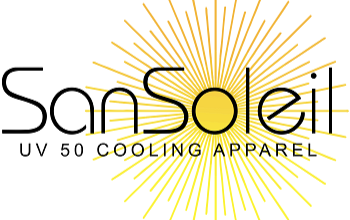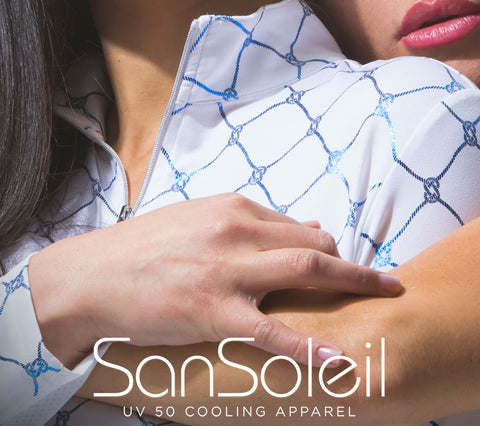US Sun Screen Brands Limited by Lack of Long Range UVA Filters
Henry Lim, Chairman of Dermatology at the Henry Ford Hospital, reported in a recent Wall Street Journal article: “The limited availability of UVA filters hinders sun screen makers to create good, broad based spectrum sun screens.”
Dr. Lim is referring to the FDA’s reluctance to approve several chemicals that are purported to enhance a sun screen’s effectiveness in combating the UVA rays. UVA rays penetrate the skin causing aging and rapid deterioration of the collagen. UVA rays are also thought to be the primary key to the formation of the deadly Melanoma Cancer.
The US Sun Screen industry relies upon two chemicals as UVA filters: Oxybensone and Avobenzone. The chemical filters work largely by absorbing the sun’s rays.
The chemical Oxybensone has a number of shortcomings:
-
It causes allergic reactions.
-
Studies have found it is absorbed into blood stream. This affects hormone levels.
-
Oxybensone also only absorbs the shorter form of UVA Rays.
The chemical Avobenzone has issues also:
-
It breaks down in sunlight.
-
Avobenzone reduces the effectiveness of the UVB filters when combined with different chemicals.
The sun screen industry is lobbying the FDA for access to a wider range of UVA filters. These filters are currently being used in Europe, but have not met the USA’s testing requirements. There is fear that the new UVA Filters may be highly allergenic or affect estrogen levels.


